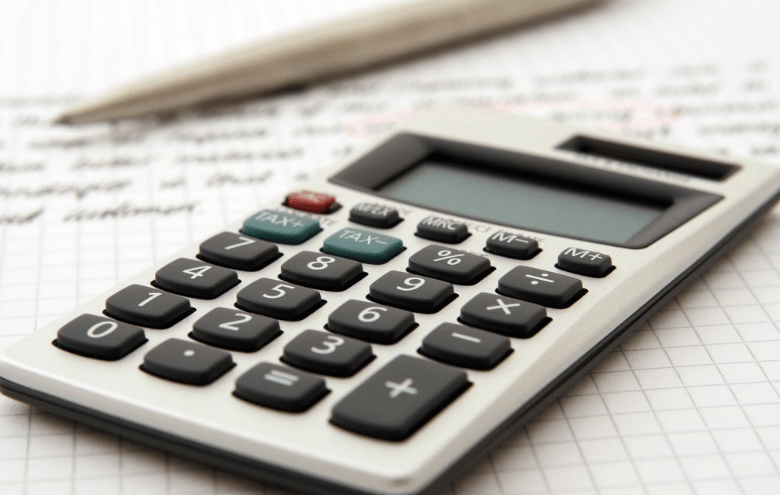A Quick Guide To Fixing Your Financials
Uh oh.
You’re looking at your financials, and things don’t look quite right.
Maybe you can’t identify what it is.
You might be making suspiciously high profits – or losing money from every sale.
Either way, let’s get to the bottom of it.
There’s an important principle that will help diagnose the problem:
Financials are just maths and assumptions.
That’s it.
The cells on the screen are just fast maths – saving you from counting it all yourself.
The numbers and words inside the cells are guesses – which you put there.
So either you have a maths problem or a guessing problem.
When you put it like that, it’s a little less daunting.
If it’s Maths
The first thing you want to do is walk through a single purchase.
Add one sale to the model, and see how the bottom line changes.
This happens to me a lot – I change the number of customers, and my profit cell stays still.
“Ugh”.
Something’s not flowing through.
Alternatively, you might find that adding a $20 sale leads to a $60 increase in profit.
Some cell is double/triple counting, and we now know where to look.
Another trick I use is to write out the formula of a sale on a whiteboard.
If I can’t describe it on a board, I don’t understand the financials well enough.
So it might go:
· I sell a cookbook for $50
· Then I subtract the variable costs like printing and shipping, which add up to $20
· So I have $30 to cover overheads and fixed costs.
· We have $15,000 of overheads including rent and machinery,
· So we need to sell 500 cookbooks to break even.
· And the 501st cookbook gives us $30 in profit.
Then I check the formula in each cell – does it follow the same pattern?
Does it tell the same story?
Finally, it sometimes just doesn’t feel right.
It’s vague, but something about the results doesn’t seem true.
i.e. “How can a farmer earn more from growing Biomass than from growing Cocoa?”
We know how hard each type of farmer needs to work, and the value of each crop which gives us a gut feel of what the expected income should be.
Sometimes the model says something counterintuitive – and we either need to change our minds or change the maths.
Either way, we want to hit the problem as early as possible.
If it’s Assumptions
“I’ve never understood budgets when it comes to things like this, it costs what it costs.
If it costs more than some person in a suit thought it would it doesn’t mean we’re overspending, it means your stupid guess was wrong” – Hannah, from the show Derek
In order to kick-start your financial model, you probably filled it with rough guesses to see if the sheet was working.
The problem is, over time those guesses begin to look like facts.
And even if they were facts at the time, the world and our customers have since changed, so they’re not facts any more.
What we need is some sort of registry – a list of all of the guesses hidden within the model.
That way, we can keep track of those guesses, and update them whenever we learn a new piece of information.
This is the essence of the Assumptions Table.
A list of every guess, the number and the reasoning behind it.
Here’s the key: make your formulas point to the cells in the assumptions table.
Instead of directly typing in the cost or the price, type in the name of the relevant cell in the assumptions table.
It might be a cell like “Purchases per customer” or “Rent” or “Price per item”
That way, when these assumptions change, all the financials change too.
This gives you a neat list of all your guesses, which you can then review as a team.
When new evidence changes your guesses, you can immediately see the impact on the dollars.
You’ll catch mistakes, and test out new ideas:
“What if we raised prices?”
“What if we moved to a bigger office”
“What if customers bought one less item each?”
“What if we closed over the Christmas break?”
That’s really all it is.
Good maths + good guesses = most accurate financials.
They’ll still be wrong, because there will always be surprises – for better or worse.
But at least you’ve given yourself clarity, and the best chance of success.
You might enjoy my four-part series on useful financial metrics.
You can jump straight to:
Part One Introduction, Margins and Breakevens
Part Two Market Sizing and Forecasting Sales
Part Three Customer Value, Acquisition and Retention
Part Four Churn Rate and Customer Behaviour











